This tour begins with a first stop at the Quito cable car, located on the Pichincha volcano. During the 18-minute ride and 1,500 meters climb, visitors can enjoy spectacular views of Quito and the imposing hills and snow-capped volcanoes of the inter-Andean alley in the background. Once at the top, visitors can hike or go horseback riding across landscapes of paramo, while discovering the fauna and flora and possibly coming across llamas.
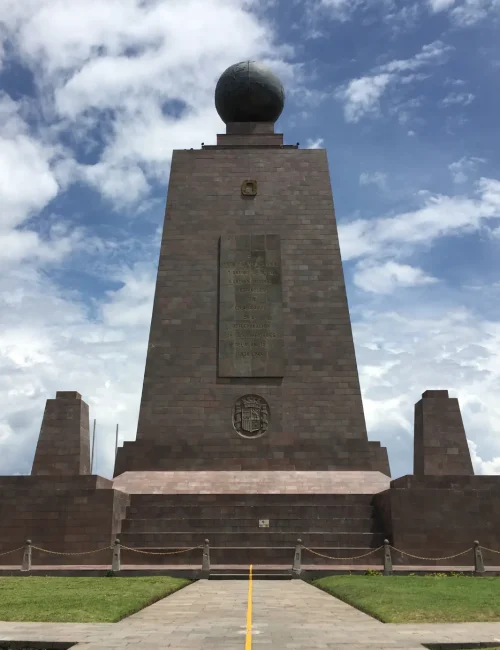
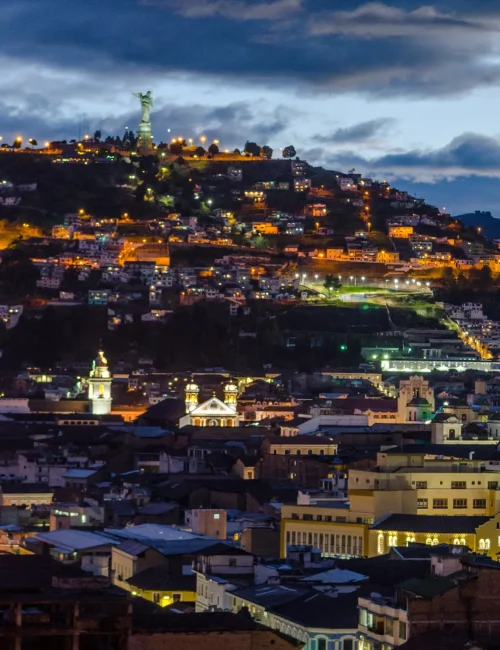
The Historic Center of Quito is a large sector of the city that was built on the ashes of what was the capital of the northern half of the Inca empire. Let yourself be impressed by the best-preserved Historic Center in South America, full of majestic churches, squares, and monasteries that have earned the title of World Heritage Site, where you can enjoy its traditional art, its Spanish-American culture and its gastronomy, making of it a true relic of America.

The Historic Center of Quito is a large sector of the city that was built on the ashes of what was the capital of the northern half of the Inca empire. Let yourself be impressed by the best-preserved Historic Center in South America, full of majestic churches, squares, and monasteries that have earned the title of World Heritage Site, where you can enjoy its traditional art, its Spanish-American culture and its gastronomy, making of it a true relic of America.
On the way, the visitors can observe the majestic volcano from the distance until you really reach the path of the volcanoes, travel through lunar landscapes, due to the fall of rocks and learn about the vegetation, and in particular the different types of trees thanks to a guide accompanying the visitors to the refuge. If you are fit and enjoy hiking and mountaineering, you could also climb the slopes of the volcano.
07:00 – Breakfast
08:00 – Departure to Cotopaxi
10:00 – Entrance to Cotopaxi National Park
10:30 – Climb to the refuge
13:00 – Descent
14:30 – 15:30 Lunch
15:30 – Visit of the Limpiopungo lagoon
16:45 – Return to the hotel
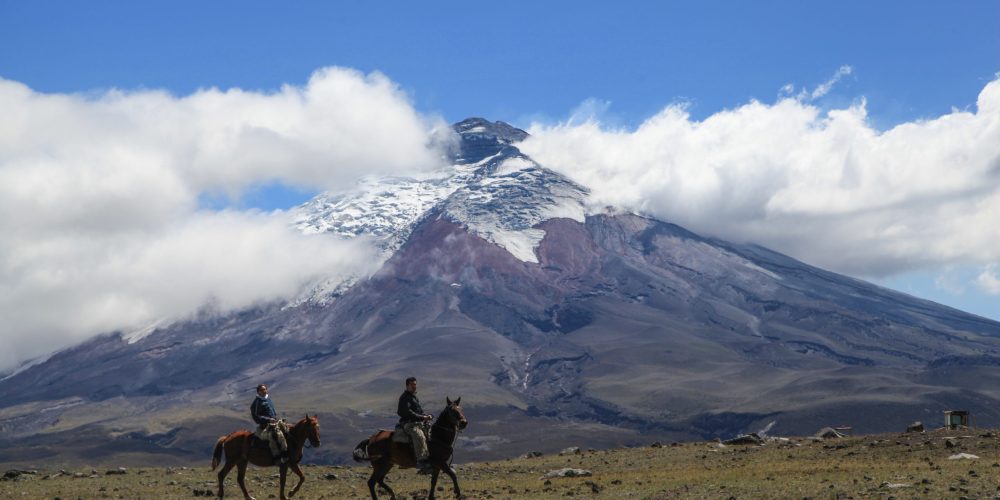
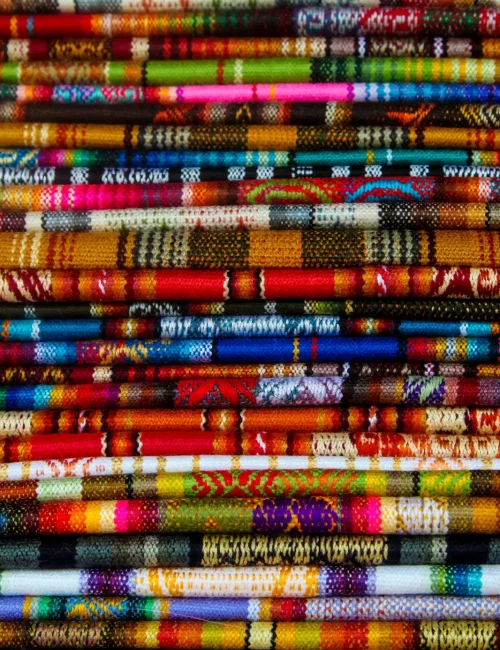
Also known as the "Capital of Ecuadorian Handicrafts", it is located two hours north of Quito in the province of Imbabura and offers the possibility of enjoying beautiful landscapes, learning about Ecuadorian ethnic diversity, discovering ancestral customs and admiring the ingenuity in the design of textiles.
08:00 – Breakfast
08:30 – Departure
10:30 – Visit of San Pablo lake
11:30 – Visit of Peguche waterfall
12:30 – Lunch
13:30 – Tour of the handicraft market
15:00 – Visit of Cuicocha lagoon
16:00 – Return to the hotel

Also known as the "Capital of Ecuadorian Handicrafts", it is located two hours north of Quito in the province of Imbabura and offers the possibility of enjoying beautiful landscapes, learning about Ecuadorian ethnic diversity, discovering ancestral customs and admiring the ingenuity in the design of textiles.
08:00 – Breakfast
08:30 – Departure
10:30 – Visit of San Pablo lake
11:30 – Visit of Peguche waterfall
12:30 – Lunch
13:30 – Tour of the handicraft market
15:00 – Visit of Cuicocha lagoon
16:00 – Return to the hotel
The Quilotoa lagoon, located in the province of Cotopaxi and part of the “Ilinizas Ecological Reserve” is one of the most beautiful lagoons of volcanic origin in the world and is known for its beautiful turquoise color, stemming from the minerals and calm waters, attracting many landscape photography lovers. It lies at more than 3,800 meters above sea level and its crater is almost nine kilometers in diameter. The temperature fluctuates between 12-15°C and good clothes are required. The more adventurous visitors can either hike around the lagoon or descend into the crater and enjoy a magical and unique experience by swimming in its crystalline waters and feel in total symbiosis with nature. Horseback riding and kayaking are also available. In addition, the road to the lagoon is spectacular and offers panoramic views of the astonishing natural and mountainous landscapes of the Andes.
07:30 – Breakfast
08:30 – Departure
11:30 – 14:00 Descent to the Quilotoa Lagoon
14:00 – 15:00 Lunch
15:15 – 16:00 Visit of the Tigua indigenous community
16:00 – Return to the hotel
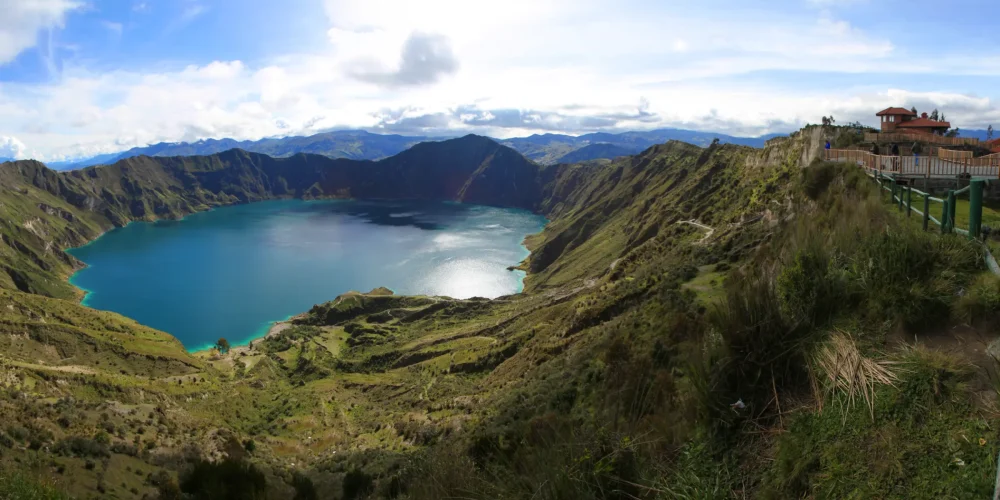

Papallacta is located between the two volcanoes, Cayambe and Antisana. Its main attractions are hot springs coming down from the two volcanoes at temperatures ranging between 30ºC and 70ºC, medicinal waters providing deep relaxation, in addition to the benefits for body and mind, while enjoying the scenery made of beautiful paramos and moors.
This tour also offers a walk along the stone paths or around the “Papallacta” lagoon, which was formed by a natural damming of the “Papallacta” river, caused by the eruption of the Antisana volcano in the 18th century. According to local legends, the lake is guarded by the "charming father".
08:00 – Breakfast
09:30 – Tour of the viewpoints
11:00 – Walk down the path of the ecological reserve of Cayambe Coca
12:30 – Lunch
13:30 – Papallacta Hot Springs
16:00 – Return to the hotel

Papallacta is located between the two volcanoes, Cayambe and Antisana. Its main attractions are hot springs coming down from the two volcanoes at temperatures ranging between 30ºC and 70ºC, medicinal waters providing deep relaxation, in addition to the benefits for body and mind, while enjoying the scenery made of beautiful paramos and moors.
This tour also offers a walk along the stone paths or around the “Papallacta” lagoon, which was formed by a natural damming of the “Papallacta” river, caused by the eruption of the Antisana volcano in the 18th century. According to local legends, the lake is guarded by the "charming father".
08:00 – Breakfast
09:30 – Tour of the viewpoints
11:00 – Walk down the path of the ecological reserve of Cayambe Coca
12:30 – Lunch
13:30 – Papallacta Hot Springs
16:00 – Return to the hotel

Our second stop is “La Mitad del Mundo”, a small citadel crossed by the Equator line separating the Northern and Southern Hemispheres. The citadel comprises not only the 30-meter-high Monument to the Equator (latitude 0) but also the Ethnographic Museum Middle of the Earth about the indigenous people ethnography of Ecuador, giving an insight into the history and culture of Ecuador. It also harbors a pavilion showing a remarkable scale model of the old city of Quito.
Finally, the tour ends with a visit to the Guayasamin contemporary art museum, where the visitors will find murals showing the cultural, social and political values not only of Ecuador but of the Americas. Guayasamin’s most iconic work is undoubtedly "La Capilla del Hombre", a monument that arises as a response to the need to pay tribute to the human-being, to the peoples and their identity. It is a space that calls for reflection on the history of the South American peoples.
Itinerary
08:00 – Breakfast
09:00 – Departure to the Cable Car
10:20 – Climb in the cabins, 20 minutes
10:40 – 11:20 Tour of the viewpoints
11:20 – Descent in the cabins, 20 minutes
11:40 – Departure to the Mitad del Mundo (Equator line)
12:40 – 13:40 Tour of the Intiñan Monument and Museum
13:40 - 14:40 – Lunch
14:40 – Departure to the Guayasamín Museum
16:30 – 17.30 Tour of La Mariscal handicraft market
17:30 – Return to the hotel
El tour inicia con una visita a la Basílica sus gárgolas de piedra nos dan la bienvenida. Desde aquí se puede observar todas las Iglesias del centro histórico, luego se pasa por la plaza del teatro y San Agustín y continuamos con un paseo alrededor de la Plaza Grande, donde podemos apreciar la Catedral, el Arzobispado, el monumento de independencia y el Palacio Carondelet, también llamado palacio presidencial. El recorrido sigue por la calle de las Siete Cruces, en dónde se visita el Sagrario, la Iglesia de la Compañía, famosa por el oro que adorna sus pasillos, el Museo Numismático, la Iglesia de San francisco, la plaza de Santo Domingo and La Ronda, la calle más antigua de Quito dónde usted puede disfrutar de los tradicionales helados de paila, dulces artesanales y las famosas cafeterías antiguas. El tour continúa por la calle Rocafuerte, dónde está el Museo de la Ciudad y el arco de la reina, siguiendo por la visita al Panecillo, desde dónde se puede observar tanto el Norte como el Sur de Quito. También podrás visitar uno de los grandes iconos, pues ahí se encuentra el monumento de la Virgen Alada, también conocida como Virgen de Quito, y para terminar visitaremos en el Mercado artesanal La Mariscal, mayor referente de las artesanías ecuatorianas que cuenta con 194 locales de una infinidad de productos elaborados a mano y con materias primas que aún se preparan utilizando técnicas indígenas ancestrales. Encontrarás tejidos, bordados, sombreros, bolsos de cuero, joyas de plata y una variedad de artesanías elaboradas con semillas, especialmente traídas de la amazonia ecuatoriana, así como instrumentos musicales autóctonos como son las quenas, rondadores y ocarinas.
Itinerary
08:00 – Breakfast
09:00 – 10:00 Basilic of the National Vow
10:15 – 10:45 Church of La Merced
10:55 – 11:10 Plaza Grande
11:15 – 11:30 Church of La Catedral
11:45 – 12:00 Church of The Company of Jesus
12:00 – 12:30 Church of San Francisco
13:00 – 14:00 Lunch
14:20 – 15:20 Visit of the “Panecillo”
15:40 – 16:40 Handicraft Market La Mariscal
16:40 – Return to the hotel